Here are some good reads about investing from this week:
How to Survive and Succeed Through a Bear Market
This letter to shareholders is written by John Montgomery, founder of Bridgeway Funds, which are a group of actively managed mutual funds with a reputation of high ethical standard and putting shareholders first. It provides his insights into investing and reminds us that there is also a risk when we only invest in safe investments. An excerpt:
This is my fourth* bear market as an investor, three of which have happened since I founded Bridgeway Capital Management in 1993. Even before the last three bear markets, I studied stock market data in detail going back to 1926. I spent quite a bit of time focusing on the downturns and thinking about how to survive them and why stock market investing is still very attractive even when predictably it doesn’t feel that way. From this research I formed five principles of long-term investing that became part of Bridgeway’s investment philosophy and are interwoven into our investment process. […] I thought I’d share what I learned with our investors.
When should you change your asset allocation strategy?
This post on the Bogleheads forum was written by Rick Ferri, investment portfolio manager at Portfolio Solutions and author of several good books on index and passive investing (including All About Asset Allocation). As a portfolio manager, of course he’s been fielding a lot of phone calls recently. Here are his thoughts for the general investor. An excerpt:
Significant changes to your stock and bond asset allocation strategy is a major decision and can be compared to changing careers. There are several good reasons to change your asset allocation strategy along life’s journey. Below are three reasons I believe a person has a legitimate reason to make an asset allocation change:
1) Your target retirement goal is well within reach.
2) You realize that you will not need all your money during your lifetime.
3) You have realized that your tolerance for risk is not as high as you once thought.
Why stock picking is a losing game
This article on CNN Money is by William Bernstein, another well-known portfolio manager and author of investment books such as the Four Pillars of Investing. Here he tries to remind us that just because the indexes are dropping, it doesn’t mean it’s time to switch to something that sounds better.
I’m sure you’ve heard that while it’s fine to ride the market’s gains when times are good, you need an expert stock picker when the bear roars. Wrong: Active money managers do not suddenly gain an extra 20 IQ point advantage over the rest of the market just because the Dow is falling. The record shows that their funds have trouble competing with the index in the bad times too.
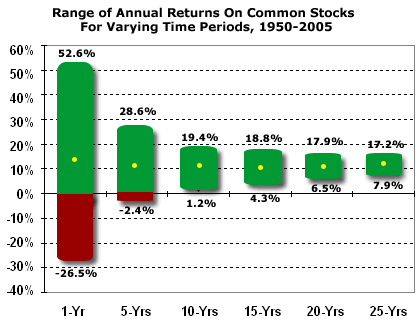
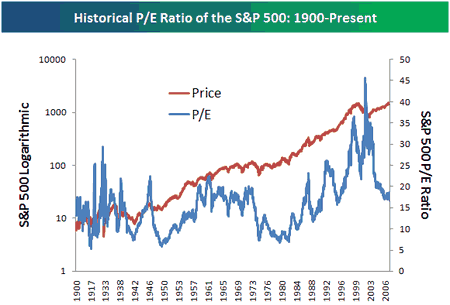
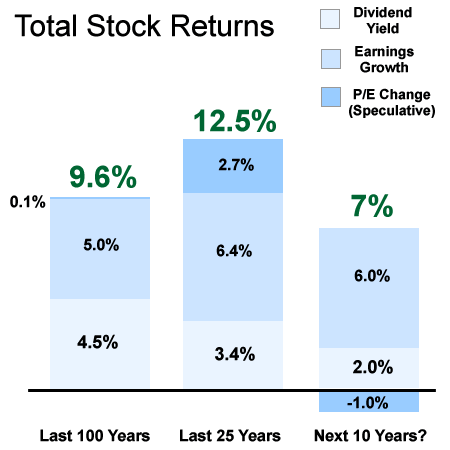

 In
In 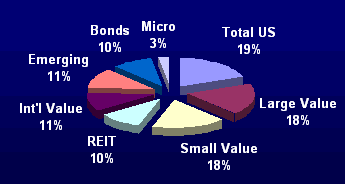
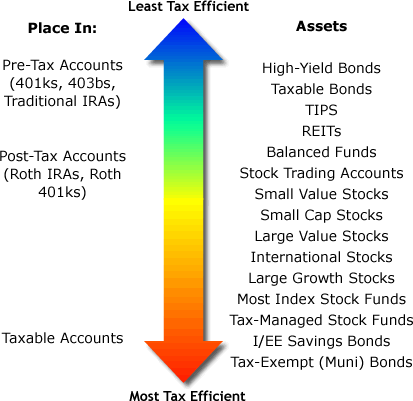
 The Best Credit Card Bonus Offers – 2025
The Best Credit Card Bonus Offers – 2025 Big List of Free Stocks from Brokerage Apps
Big List of Free Stocks from Brokerage Apps Best Interest Rates on Cash - 2025
Best Interest Rates on Cash - 2025 Free Credit Scores x 3 + Free Credit Monitoring
Free Credit Scores x 3 + Free Credit Monitoring Best No Fee 0% APR Balance Transfer Offers
Best No Fee 0% APR Balance Transfer Offers Little-Known Cellular Data Plans That Can Save Big Money
Little-Known Cellular Data Plans That Can Save Big Money How To Haggle Your Cable or Direct TV Bill
How To Haggle Your Cable or Direct TV Bill Big List of Free Consumer Data Reports (Credit, Rent, Work)
Big List of Free Consumer Data Reports (Credit, Rent, Work)